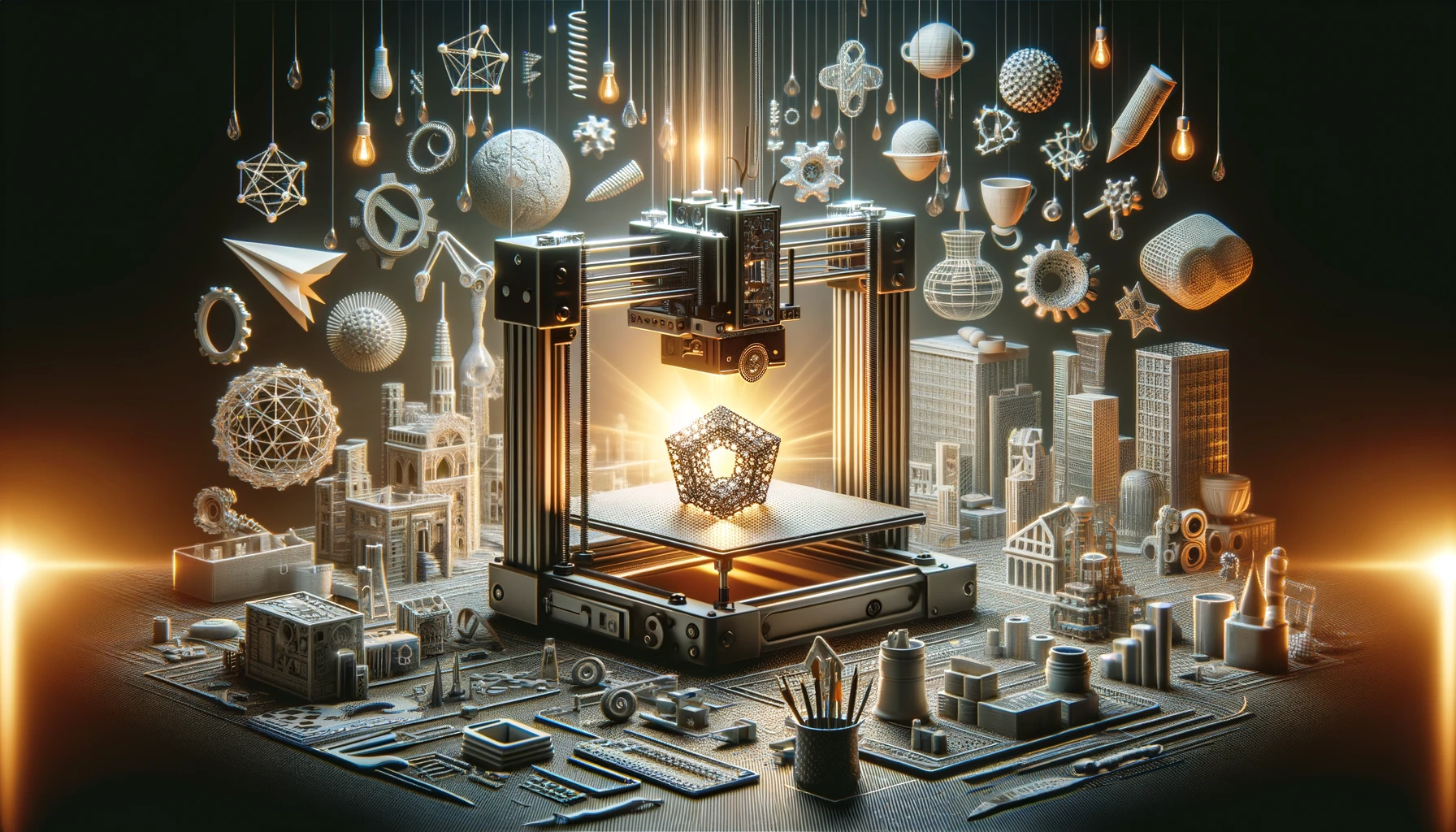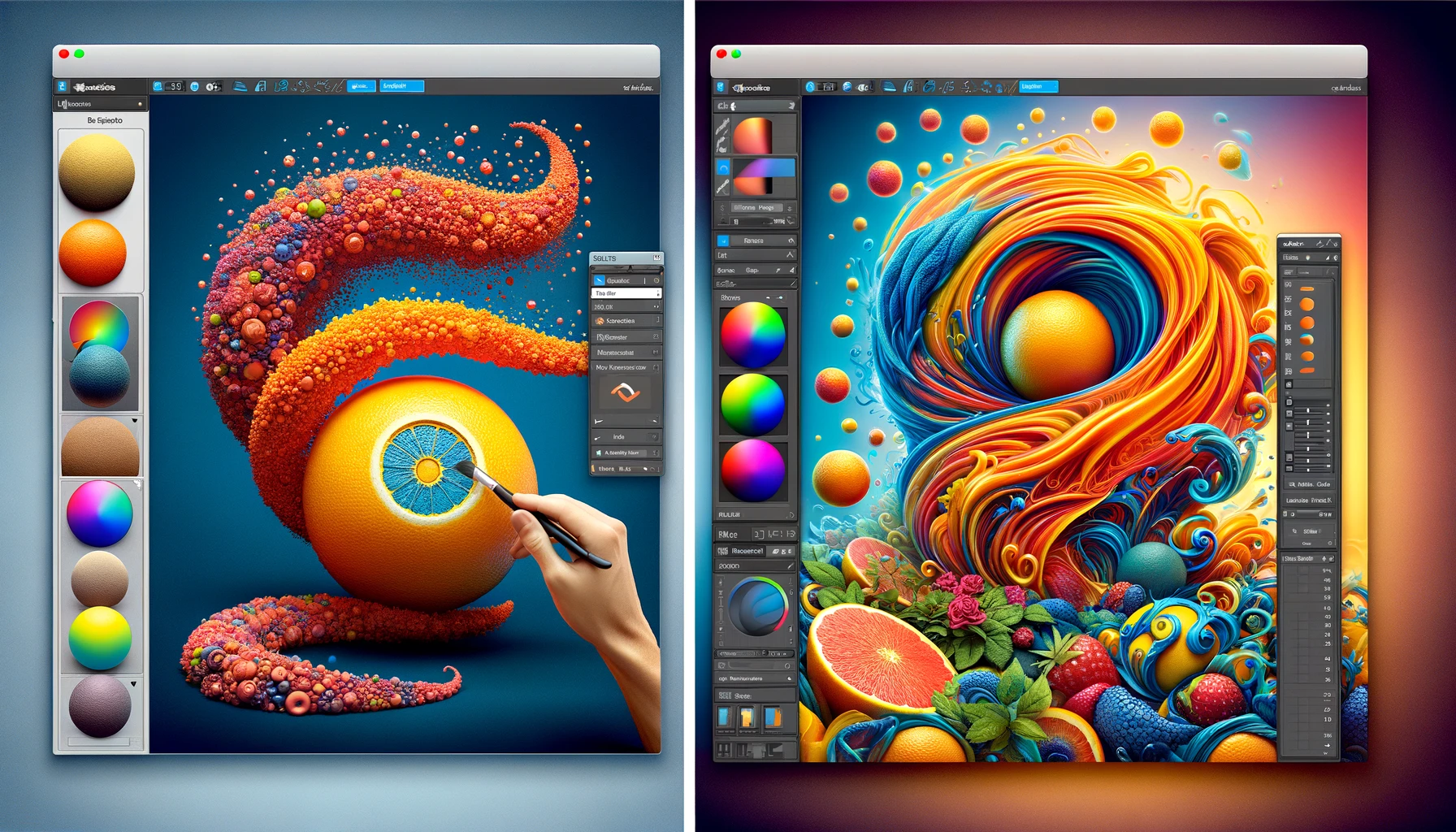Welcome to the fascinating intersection of the digital and the tangible, where ideas leap from the screen into the palm of your hand. 3D printing, once a futuristic fantasy, is now a cornerstone of modern design, transforming concepts into concrete reality. Let's dive into how this technology is bridging the gap between digital dreams and physical feats.
From Pixels to Particles: The Magic of 3D Printing
Imagine sketching a design on your computer—a new piece of jewelry, a bespoke part for a gadget, or even a prototype for a groundbreaking invention. Now, picture that design materializing layer by layer, as a 3D printer whirs to life, turning your digital blueprint into a physical object. This is no magic trick; it's the power of 3D printing, making the once-impossible a reality for designers worldwide.
Customization at Its Core
The beauty of 3D printing lies in its ability to customize. Gone are the days of one-size-fits-all; we're now in the era of personalization. Whether it's tailor-made components, personalized gifts, or bespoke prosthetics, 3D printing allows for individual needs and preferences to be at the heart of the design process.
Speeding Up the Cycle: From Idea to Prototype
Speed is of the essence in today's fast-paced world, and 3D printing is turbocharging the journey from concept to prototype. Designers can iterate quickly, testing and refining their ideas in real time. This rapid prototyping not only accelerates development but also opens up new avenues for innovation, as creators can experiment without the constraints of traditional manufacturing.
Sustainability: A Greener Way to Create
But it's not all about speed and customization; sustainability plays a starring role too. 3D printing minimizes waste by using only the material needed to create the object, unlike traditional manufacturing, which often involves cutting away excess from a larger block. Plus, the ability to produce items on demand reduces the need for large inventories, cutting down on excess production and storage.
The Challenges Ahead
Yet, for all its benefits, 3D printing faces challenges—material limitations, printing speeds, and the ongoing quest for finer resolutions. But with each technological leap, these barriers are slowly crumbling, paving the way for a future where 3D printing and digital design are limited only by our imagination.
In conclusion, 3D printing is more than just a tool; it's a revolutionary approach to bringing digital ideas into the physical world. It's transforming industries, from fashion to aerospace, and redefining what's possible in design and manufacturing.





